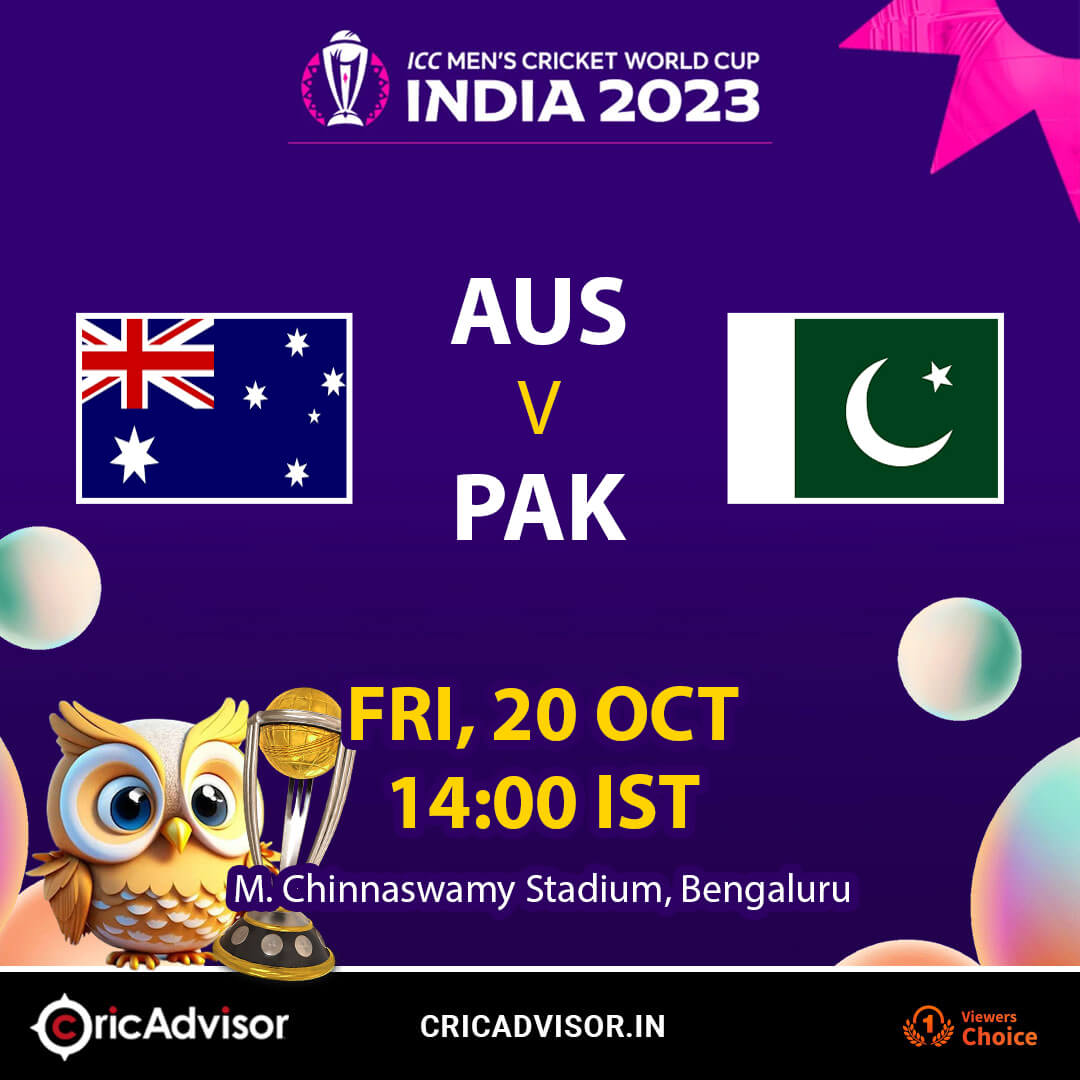
Literally a second before Pat Cummins walked out to bat, he received a nod of deep resignation from Peter Handscomb as the two crossed paths in the dressing-room tunnel. It almost had a tinge of ‘I tried my best skipper’. To be fair, amidst all the chaos and the poor shot selection, Handscomb had been dismissed by arguably the most potent of wicket-taking deliveries we’d seen that morning in Delhi. And unlike a few of his teammates who had indeed played a hand in their own demise, the Victorian skipper had just been out-skilled by Ravindra Jadeja. He’d done little wrong.
Cummins didn’t have to immediately face Jadeja’s next delivery though. The umpires had chosen to take the drinks break four minutes before schedule. That gave the Australian captain a few minutes to have a quick chat with Alex Carey and also to compose himself. Then came the wild heave. The shot that will unfortunately be revisited over and over again for a while to come as the post-mortems continue to be carried out for Australia’s shock collapse on the third morning of the Kotla Test.
It wasn’t the first time a batter had walked out into the cauldron of a Test match in India with the home team on top and succumbed to it. It wasn’t the first time a batter had then chosen the most injudicious shot possible to combat the inimitable pressure that comes with having to deal with the unique challenge. But this felt different. Cummins’ manic shot was part of a series of frenzied reactions to the Indian spinners’ unrelenting inquisition. But it still didn’t feel like it resulted from that natural chaotic flow of Test cricket in India that can besiege visiting teams when they least expect it. It was, if anything, more emblematic of the state of panic that seemed to have spread around the Aussie camp for what not many around Kotla could get their head around, including the Indian team.
Cummins’ shot seemed odd, much like the collapse itself. It had come from nowhere. In Nagpur, you could see it coming. Australia had played catch up for so long on Day 2 and leading into the second session on Day 3, that once the Indian spinners got on a roll, the batting simply surrendered without a fight, like so many visiting teams have done before.

But here in Delhi, they’d run the game and had been ahead for literally the entirety of the match. Right until the point Steve Smith attempted an untoward sweep shot and fell to his nemesis R Ashwin. And it’s not surprising in the days following the shock defeat in Delhi, many members of the Australian team management have expressed their disappointment over having missed a ‘great’ and ‘rare’ opportunity to really win a Test in India. It’s a fair assessment too. For, coming into Day 3, Australia were favourites and looked well en route to level the series. Then they just did something that the teams who have actually won Test matches in India wouldn’t do. They let go of the strangehold and the Indian spinners pinned them to the ground and kept them there.
There is a sense of doom and gloom that’s already started building around Australia’s failed campaign to win back the Border-Gavaskar Trophy and also become the first Australian team to win a series in India since 2004. It’s understandable too that getting bowled out literally twice in a session over two weeks can lead to that kind of pessimism. But then there is also the point of wanting to managing your expectations. Yes, this Australian team looked the best in a long time to really challenge India’s indomitability on home soil. Having said that though, you’re talking about a home team that has only lost 13 matches in the last 23 years since the turn of the millennium. Two of which came in the first two months of 2000. It’s a lot like Indian teams who’d go to Australia back in the day with the expectation of at least winning one Test. Like they did in 2003-04 and 2007-08, in between two whitewashes in 1990-00 and 2011-12.
So while the series-winning opportunity might have slipped away from Cummins & Co, they can still make this trip to India worthwhile by firstly focusing on the two Tests to come but also on the positive gains they have made amidst the carnage. That they managed to dominate a Test for quite an extensive period of time despite not having put a massive first innings total on the board is a good starting point. Not many teams have managed to do so to this Indian team. When Australia won in Pune, Smith’s century gave his team a sizable total to build on just like Joe Root’s double-hundred did when England won in Chennai in 2021. That the Aussies had India tottering at 7/138 and it was only the cheat-code of having the likes of Ashwin and Axar batting in the lower order that helped India draw near, can be considered a mini-achievement. It doesn’t happen very often after all.
Then come the significant impressions made by Todd Murphy across both Tests. His setting up of and eventual dismissal of Virat Kohli was as good as any of the seven wickets he took on debut in Nagpur. Same with Matthew Kuhnemann, who jumped off a plane and managed to hold his own against the might of India. Then you have Travis Head looking to come into his own as an opener in these conditions, the return of Peter Handscomb and even the glimpses that Marnus Labuschagne has shown in being able to go toe-to-toe with Ashwin and Jadeja.

What Australia need to do is look at India’s 2014-15 tour Down Under, and how despite losing the series, the Indians managed to eke out draws in the last two games to finish with a 2-0 result. It was also the series when Kohli established himself as being the best in the world and more importantly some of the key fast bowlers who’d win India their first series four years later would get better at bowling in those conditions.
That’s what Australia need to do too here. Focus their energies on not just trying to level the series by winning in Indore and Ahmedabad but also find a way of identifying and grooming the players they’ll need in four years’ time to set the record straight again. And to do so, they don’t have to wait another four years, but just another week or so, for there is a light at the end of this tunnel that Cummins and his team seem to have got stuck in on this tour so far, and it is actually burning brighter than they think.










